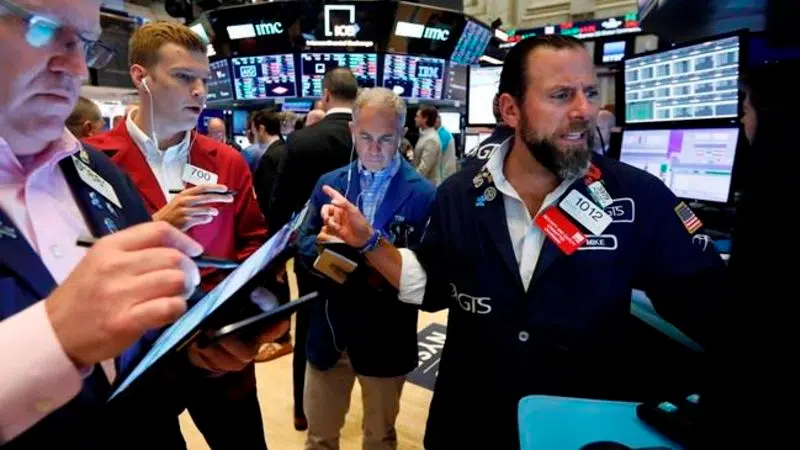
US stocks fall again, joining worldwide sell-off, on tariffs
NEW YORK — Financial markets around the world buckled Friday, and the S&P 500 was on track for its worst day in months following President Donald Trump’s latest escalation in his trade war with China.
China struck back and said Friday it will take “necessary countermeasures” if Trump follows through on tweets he sent Thursday that shocked markets and promised 10% tariffs on all the Chinese imports that haven’t already been hit with tariffs of 25%.
The re-escalation in tensions between the world’s largest economies has investors worried about a global recession. So they’re playing defence by selling stocks and buying gold. They’re also raising their expectations that the Federal Reserve will be forced to cut interest rates several times to cushion the trade war’s blow.
The S&P 500 was down 1.3%, as of 11 a.m. Eastern time, which would be its biggest loss since May, and was on pace to close out its worst week of the year. The Dow Jones Industrial Average fell 300 points, or 1.1%, to 26,283, and the Nasdaq was down 1.9%.


